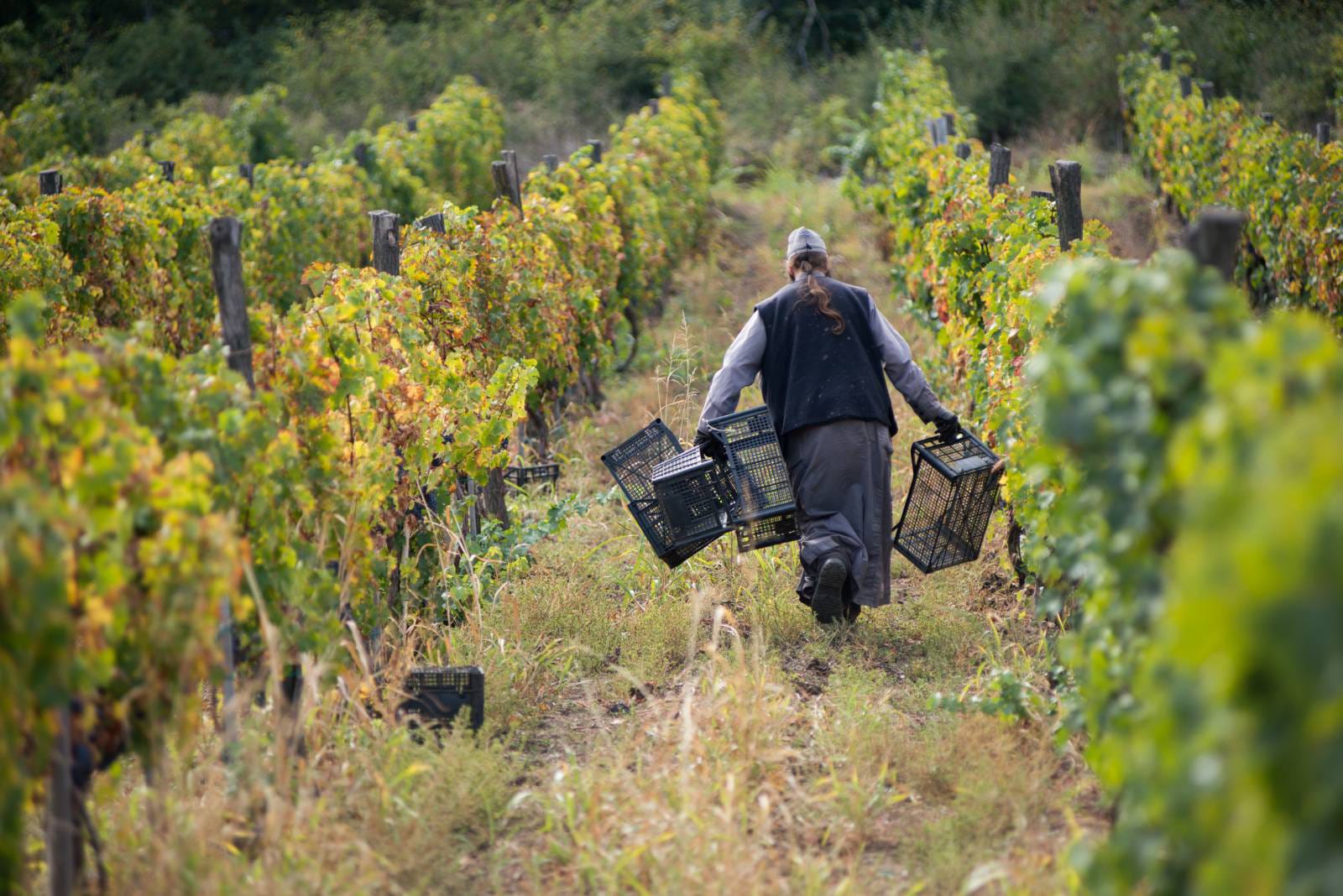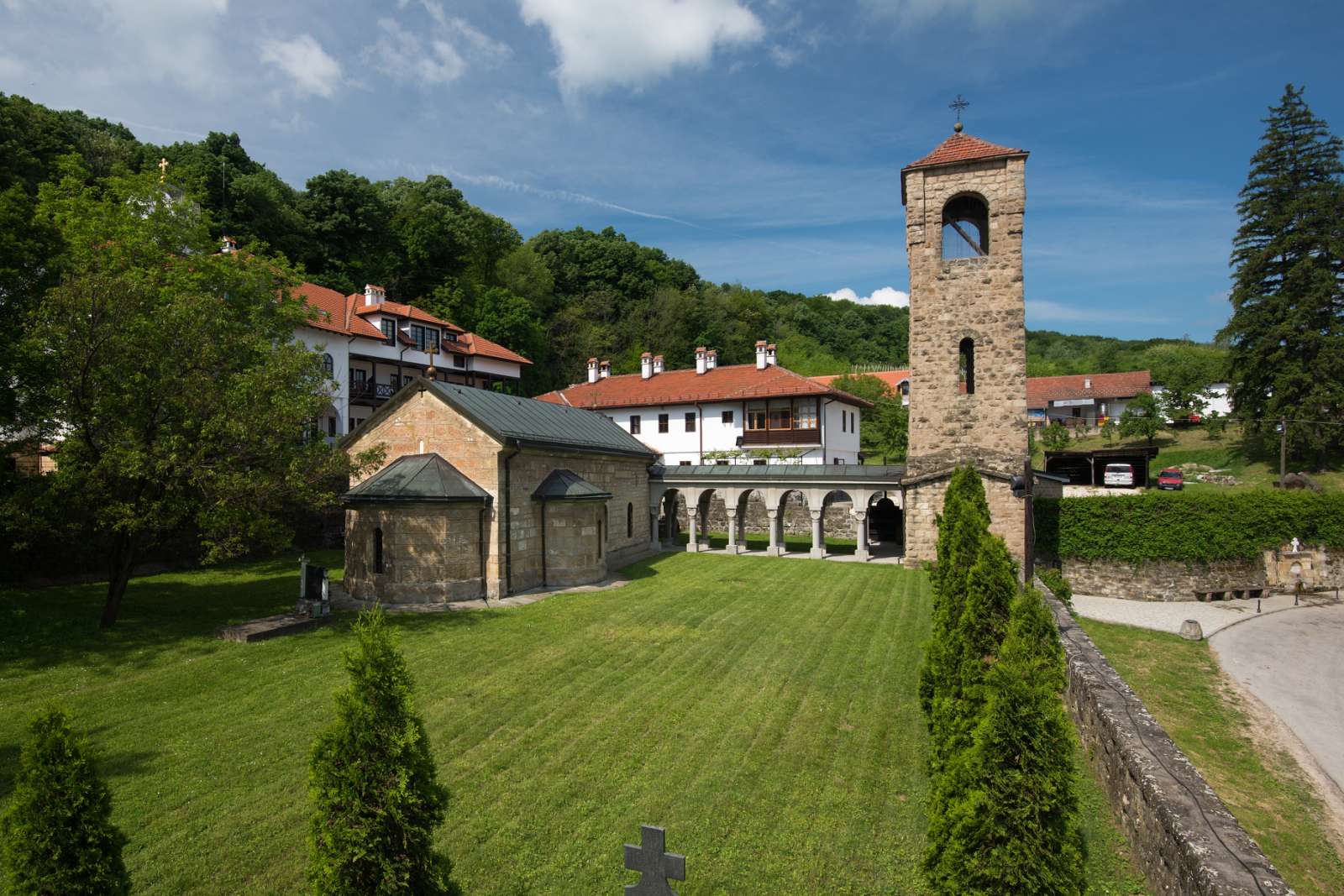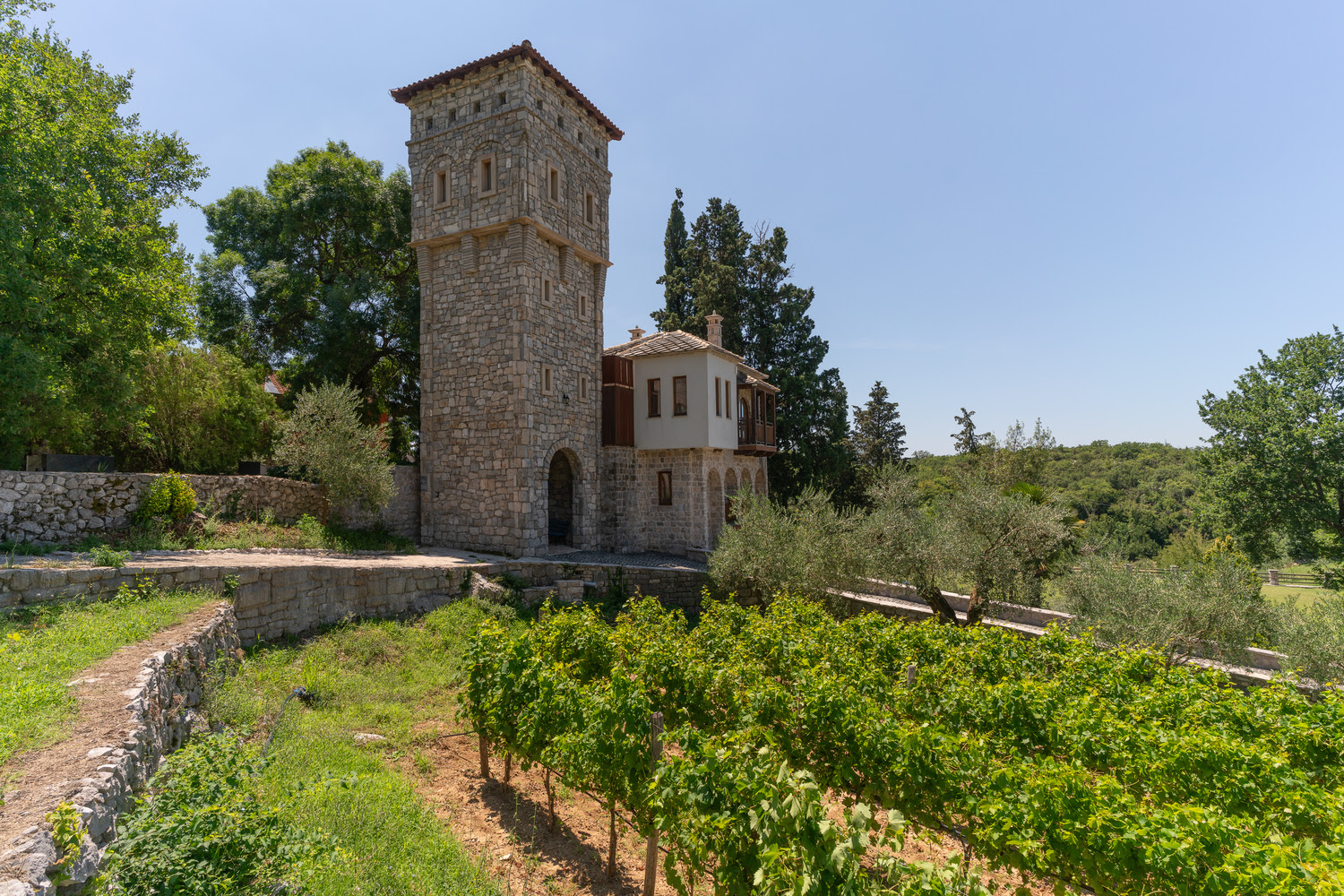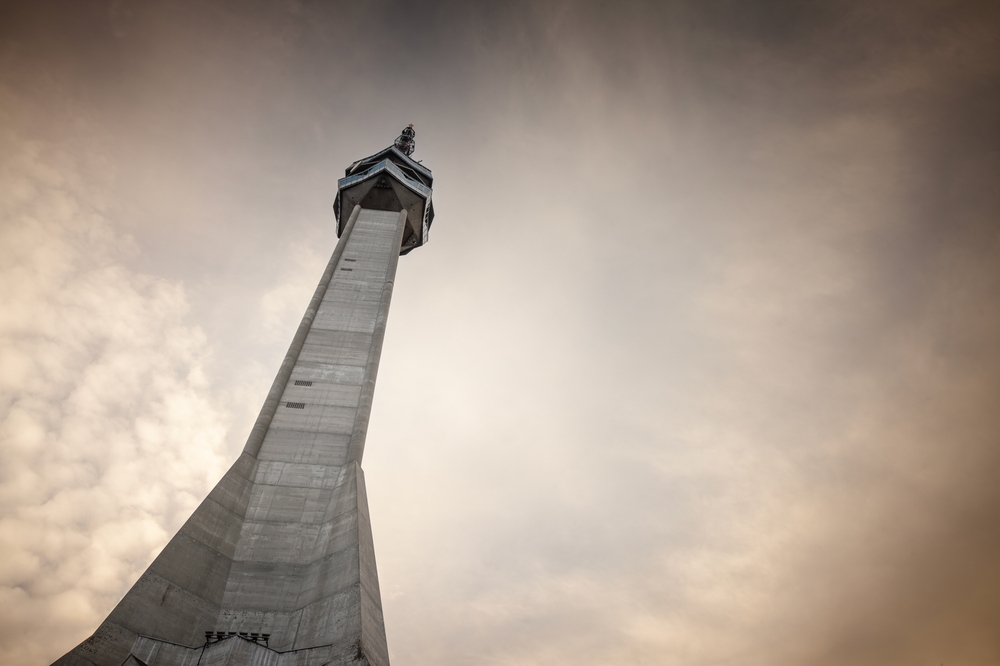Monastic wine in Serbia and in Herzegovina
Balkan Orthodox monasteries like Bukovo and Tvrdoš preserve centuries-old winemaking traditions, producing high-quality wines while supporting local communities and maintaining their cultural heritage

Monastic-wine-in-Serbia-and-in-Herzegovina
Bukovo Monastery © Sead Šašivarević for USAID
Orthodox monasteries, often nestled in remote and rugged terrain, dot the Balkan landscape, reflecting a historical need for defense. Those with fertile plains boast self-sufficiency and the offerings of monastic life. Even for atheists, their serenity and tranquility belies an often troubled history. Wine lovers also treasure them as a repository of increasingly high-quality produce.
Bukovo Monastery, near Negotin in Eastern Serbia, was founded by the Serbian King, Stefan Milutin, at the end of the 13th Century. The monastery’s vineyards are believed to date back to the 14th Century, though Monk Plato, one of the two monks most intimately involved with winemaking, regrets that ‘we don’t have many written records – they were lost under the Ottomans, during World Wars One and Two’.
‘Where they could, monasteries maintained vineyards’, Monk Plato elaborates, listing examples from the Benedictine Order to the Cistercians; and referencing France and Italy. ‘The vine and the grape – olives, honey, and fish – everything that can be put on the table are those of monastery life’, he savours, adding that ‘wine is the crown of everything’.
Paintings of bunches of grapes from Bukovo monastery by Saint Rafailo (Georgije Momčilović), Abbot at Šišatovac Monastery on Fruška gora, capture this viticultural legacy. ‘No one knew about his pictures for over one hundred years’, Monk Plato tells me, the monastery having been reunited with the works thanks to a local woman and her husband.
After the Second World War, the Yugoslav authorities nationalised large swathes of the 300 hectares of monastery land. ‘When they returned the land from 2008 to 2010 [after the restitution process], there were already young vineyards – Cabernet Sauvignon, Merlot, Chardonnay, and Gamay – all international sorts’ Monk Plato clarifies.
Today the monastery owns roughly 200 hectares of land, of which seventeen are dedicated to viticulture. Crna Tamjanika (Black Tamjanika) is one of the few remaining native sorts, having been planted in 2009; though they are gradually reintroducing Prokupac and Bagrina.
The vineyards and cellars suffered extensive flood damage in May 2024. The cellars were flooded and part of the monastery wall collapsed. Fifteen hectares of vineyard were damaged, plus those of their neighbours. It was a storm the likes of which none of the older monks could recall. And it came seemingly without warning.
‘We work everything – from the vineyard to the cellar’, Monk Plato illuminates, ‘including driving a tractor’. They rely on a team of manual workers. ‘We practically work organically’, Monk Plato insists.
Since 2012, Radovan Đorđević, owner of Vinarija Čokot – who has previously featured on these pages – has served as the monastery’s chief oenologist, and has also worked for Studenica Monastery on their award-winning wines. ‘Everything Radovan tells us we do’, Monk Plato promises.
The monastery operates arguably one of the most visually effective and user-friendly websites of any vineyard in Serbia, weaving in stories and images demonstrating a profound understanding of contemporary marketing realities.
Bukovo monastery also maintains what Monk Plato describes as ‘superb relations’ with other monasteries in the region, including Visoki Dečani and Gračanica in Kosovo. ‘Kovilj monastery [in Vojvodina] gives us rakija, which they are famous for, and we give them wine!’, Monk Plato boasts with a beaming smile.
One of those monasteries is Tvrdoš, near Bosnia and Herzegovina’s border with Croatia; another monastery with a proud winemaking tradition data back to the Sixteenth Century. Constructed in the Fifteenth Century, the monastery is located on the site of a 4th Century church, built by the Romans. Today it is a prominent part of the contemporary Herzegovnia Wine Route.
‘It is the oldest wine cellar in Bosnia and Herzegovina’, Milica Kovačević, a tour guide, describes, ‘it dates back to at least the 15th Century, though archaeological research suggests it could be even older.’ Most days Milica can be found introducing visitors to the wonders of this sacred place. ‘The new Bishop Dimitrije [of Zahumlje-Herzegovina was ploughing the land when he found out he’d been promoted’, Milica recalls, ‘but he simply continued’.
‘During medieval times, making wine was not unique in Europe’, Milica begins, before offering an additional hypothesis; ‘in order to have a means of survival in a time of wars, pandemics – they could supply themselves’, she contends. A mural with grape picking testifies that, in Milica’s words, this is the ‘continuation of a really old story’.
While some of the 70 hectares of vineyard are proximate to the monastery, others are located on Popovo Polje, which runs from Trebinje to Vjetrenica cave. The monastery’s ten or so monks still play a role in the winemaking’, Milica expands, ‘picking grapes, working in the cellar, and selling the wines.’ ‘All considered equal in the monastery’, she emphasizes.
It is a unique and timeless sight, their long, black robes against the picturesque vineyards, before offering the fruits of their labour during the liturgy. Their Vranac, a red variety meaning ‘black stallion’, and Žilavka, a white grape renowned for fuller-bodied wines, have earned international recognition.
‘Wine is part of life for those of Herzegovina’, Milica insists, adding that ‘my parents never had lunch without wine’. ‘Wine and rakija are an important part of life here’, she continues, ‘people make their own and offer a guest when they come to your house’.
The monastery is a locus of community life, catering to many pilgrims and others. ‘The monastery is not a secluded place’, Milica tells me, ‘but is open to the community’; though the monks enjoy privacy for life, prayer, and reflection. ‘Just people like us’, Milica adds, while emphasising the monastery’s ‘positive energy’.
Tvrdoš has improved the tourist offering of Trebinje. ‘They sell lots of local products’, Milica explains, ‘helping create a market for others’. Profits from sales go to a charitable fund, Saint Vukašin, supporting local endeavours. They have also employed many unemployed people, giving opportunities to those on the margins of society.
The monasteries of Bukovo and Tvrdoš are more than just places of worship. Nurturing the surrounding land, they produce quality wines consumed not only during the liturgy. Heritage is being respected and nourished. Sustainability is at the heart of their endeavours; the sustainability of not just the land but of the local community. Winemaking remains an integral part of the monastery’s identity and not only of monastic life.
The Tvrdoš part of this article was made possible thanks to the technical support of USAID Developing Sustainable Tourism in Bosnia and Herzegovina (Turizam) & the Herzegovina Wine Route.
Tag:
Read more
14/12/2004, Risto Karajkov
24/01/2005, Risto Karajkov









